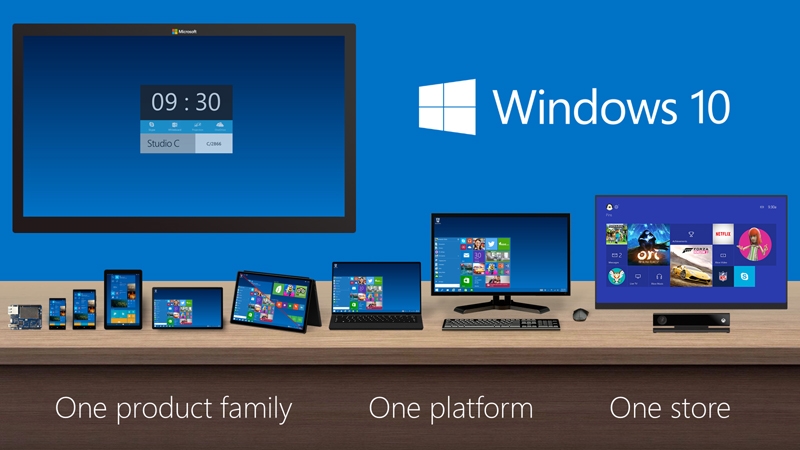It looks like even those who did decide to make the jump to Windows 10 will start to receive Microsoft's persistent update messages. These update reminders first began popping up on Windows 7 and Windows 8 machines while Microsoft was offering free upgrades to Windows 10. Now, those same reminders are coming to Windows 10 to remind users to install the latest yearly feature update- like the Creators Update.
There are several reasons Microsoft wants you to keep up with feature updates for Windows 10. For starters, the original ‘Year One' build of Windows 10 is no longer officially supported, meaning users should have the Anniversary or Creators Updates installed at the very least. It seems that some people aren't installing these updates, so Microsoft is taking more proactive measures to nudge them along.
Microsoft's Windows Servicing and Delivery chief, John Cable, revealed the company's plan to ‘take extra steps' to keep systems updated and more importantly, secure. Cyber Security is playing a big part in Microsoft's push to get users to update, particularly after the recent CIA leaks and WannaCry ransomware attack. As the company said at the time, cyber security is a “shared responsibility” between the company and the customer. Microsoft supplies updates to keep the OS secure but if users aren't updating, then they will remain compromised.
Users who have not installed the Creators Update build of Windows 10 will now start to receive a notification letting them know that their OS is out of date. Those still running the original and out of service version of Windows 10 will no longer receive monthly quality updates, which Microsoft pushes out to defend against constantly evolving security risks. Beyond that, those who have not installed the Creators Update yet will also start seeing a ‘review your privacy settings' window, reminding you to double check everything is the way you want it before updating.
KitGuru Says: If different versions of Windows are going to reach their end of service lifespan every couple of years, then it does make sense for Microsoft to try and nudge those people along. That said, it may end up irritating some users, just like the Windows 7 and 8 upgrade notifications did.
 KitGuru KitGuru.net – Tech News | Hardware News | Hardware Reviews | IOS | Mobile | Gaming | Graphics Cards
KitGuru KitGuru.net – Tech News | Hardware News | Hardware Reviews | IOS | Mobile | Gaming | Graphics Cards




Easy way around this just turn off Windows update service itself. I turn on updates every three months and let it do its thing but only when I don’t need which ever PC for awhile that way it’s on my terms not theirs. I got tired of my gaming rig or my home theater PC rebooting once and a while right in the middle of a game session or movie. Take a hint MS we control our hardware not you. You own the rights to Windows but we own the hardware Windows is installed on.
You can’t completely turn off the update service in Windows 10 – you can only delay them. Feature updates can be “deferred” for up to 365 days. Quality Updates (which include security improvements) can only be deferred for up to 30 days.
Not sure but I turn off the service right in the services as in set it to disabled. This seems to stop all updates from coming in and the nags for updates. It only resumes when I turn update service back on myself. On my one system I had the first version of 10 on it and never got hassled at all except from defender wanting to do updates which I promptly disabled that as well.
On this same system when I did turn on updates it did feature updates and then asked to do the Win 10 anv upgrade which I did at that point. I started doing this on all of my main systems because I got the system is now rebooting to do updates once to often as it would happen in the middle of a game or while watching a movie etc etc. Disabling the service solved this from happening.